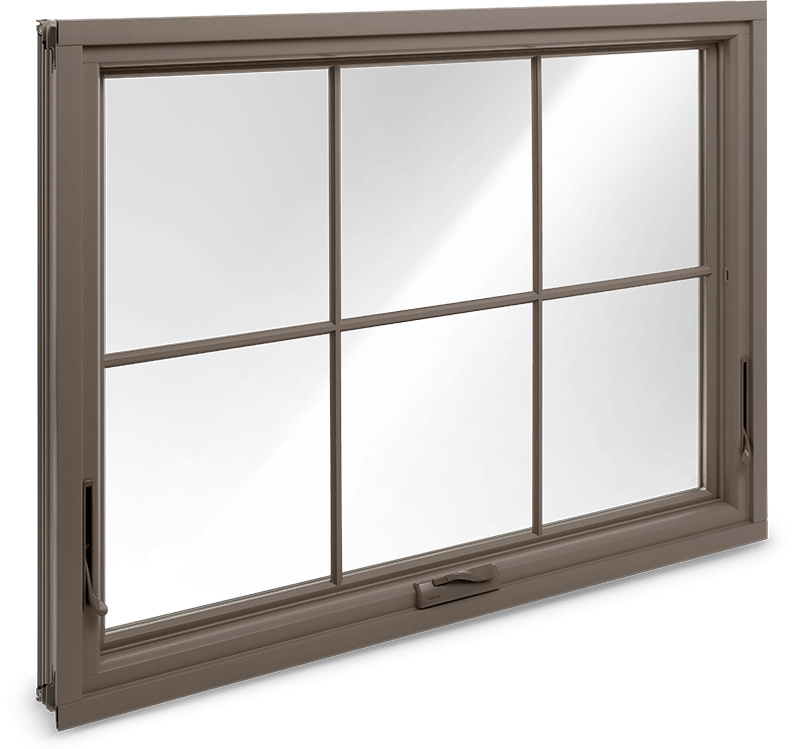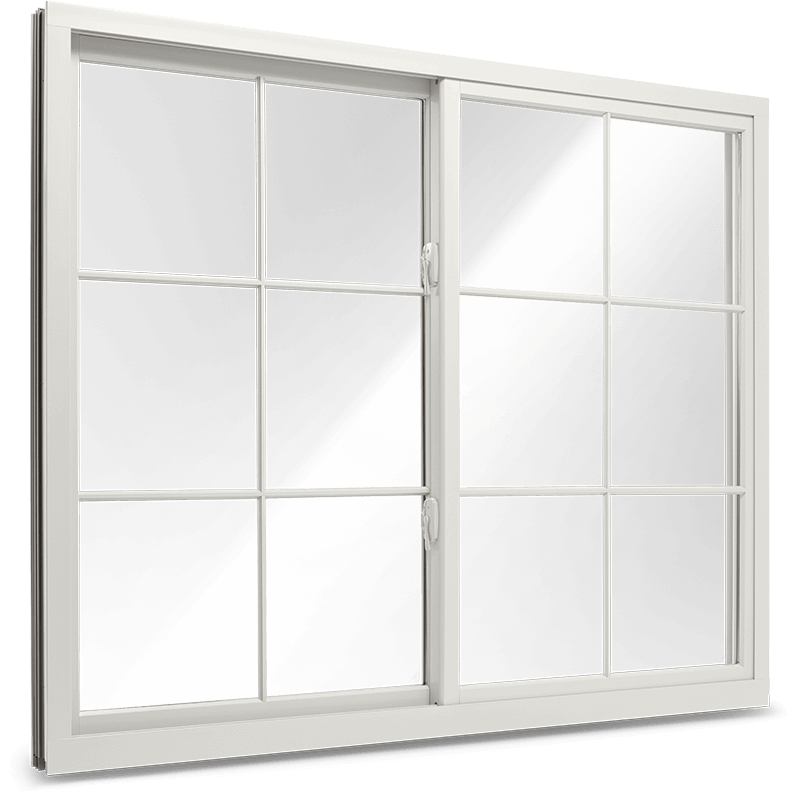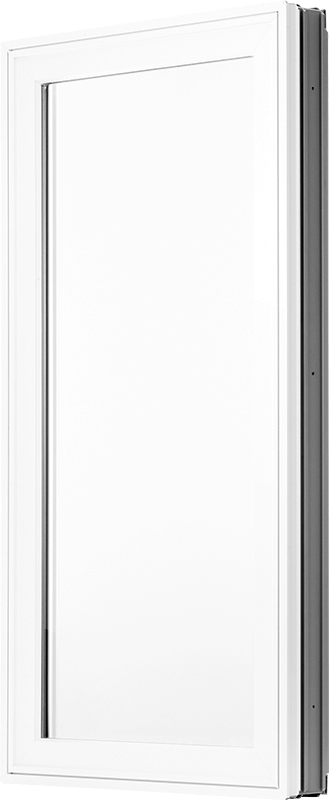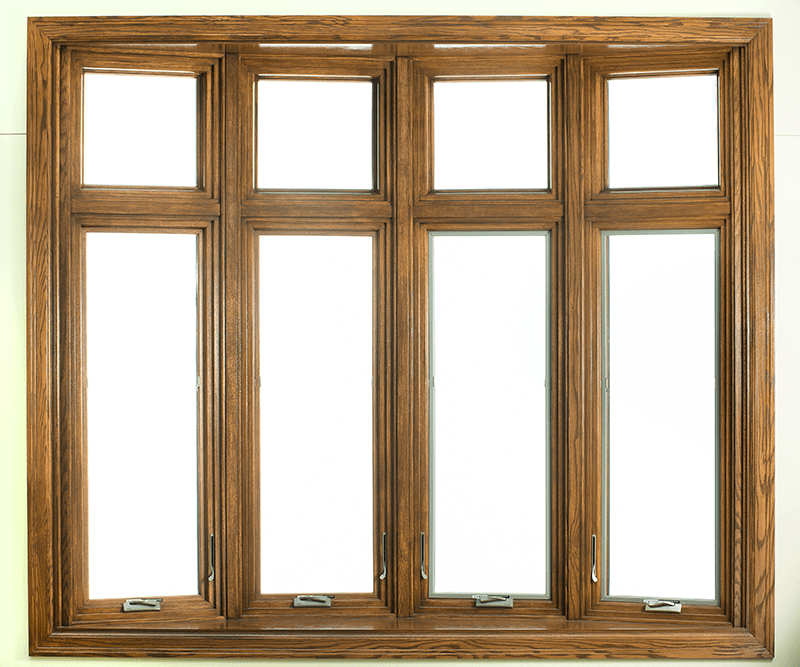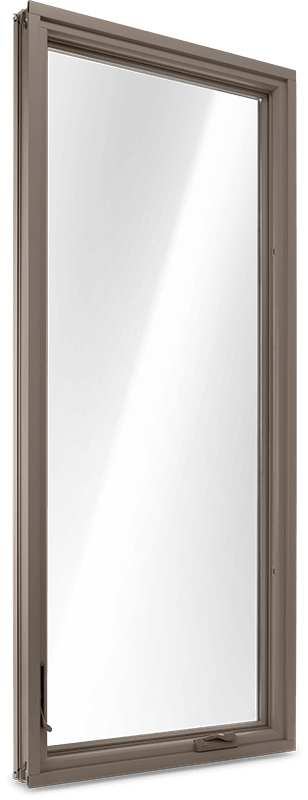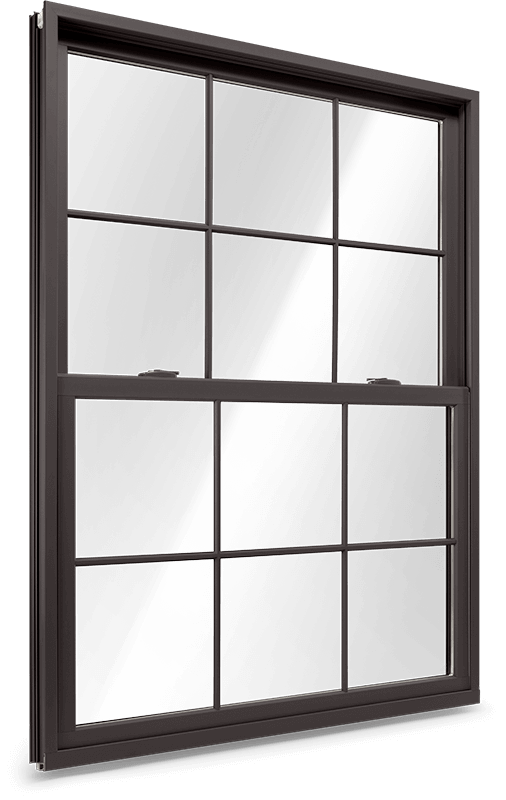Why Choose Awning Windows
Simple Operation
Windows feature a folding handle that nests neatly and doesn’t infer with your curtains or blinds.
Convenience
Awning windows allow you to have fresh air even in the rain.
Elegance
The Mortise-and-tenon frame provides a traditional hand-crafted look. Combine with other windows for a dramatic design.
Comfort
Slimline locks offer enhanced security and a weather tight seal.
Versatility
Awning windows are versatile because they pair well with other windows, especially large or non-operable picture windows.
One thing to keep in mind with awning windows is that they typically have a smaller opening compared to other types of windows, which can limit ventilation. However, the trade off is that you can open them even when it’s raining, so you’re not limited to when you can have airflow into your house like you are with other windows.
MATERIALS AND COLORS
Renewal by Andersen sliding and gliding windows can be customized to fit any aesthetic.
Featured Video
Explore our featured video on awning-style window replacements, where we delve into the many advantages of this excellent window option. Offering great views and optimal ventilation, awning windows are an ideal choice for placement over sinks or hard-to-reach areas, allowing you to easily control airflow. Join us as we showcase the key features of awning windows in this informative video.
What is a picture window?
Picture windows are typically large inoperable windows made up of a single pane of glass within a fixed frame. They are designed to let in lots of light and provide a clear and unobstructed view of the outdoors.
Are picture windows more expensive?
Opting for a non-operable picture window can actually be more affordable than other common window styles, including double-hung and casement windows, due to the lack of movable parts. However, the cost of picture windows will vary depending on their size.
Are picture windows still popular?
Absolutely. Picture windows offer a beautiful unobstructed view and can be a dramatic focal point of a room making them a well-loved style of window in both modern and contemporary home designs.
What’s the difference between a casement window and a picture window?
The difference between casement windows and picture windows may be hard to spot because casement windows are hinged on one side to allow you to open them by swinging outward. Occasionally, they feature a recessed area to hide hardware. Picture windows offer that same unobstructed view but are stationary and do not open making this the major difference between the two window types.
* DETAILS OF OFFER: Offer expires 12/31/2023. Not valid with other offers or prior purchases. Get $375 off each window and $775 off each entry/patio door, and 12 months $0 money down, $0 monthly payments, 0% interest when you purchase four (4) or more windows or entry/patio doors between 10/01/2023 and 12/31/2023. Subject to credit approval. Interest is billed during the promotional period, but all interest is waived if the purchase amount is paid before the expiration of the promotional period. Financing for GreenSky® consumer loan programs is provided by federally insured, federal and state chartered financial institutions without regard to age, race, color, religion, national origin, gender, or familial status. Savings comparison based on purchase of a single unit at list price. Available at participating locations and offer applies throughout the service area. See your local Renewal by Andersen location for details. CA License CLSB #1050316. Central CA License #1096271. License #RCE-50303. OR License #198571. WA License# RENEWAW856K6. WA License #RENEWAP877BM. All other license numbers available upon request. Some Renewal by Andersen locations are independently owned and operated. “Renewal by Andersen” and all other marks where denoted are trademarks of their respective owners. © 2023 Andersen Corporation. All rights reserved.
